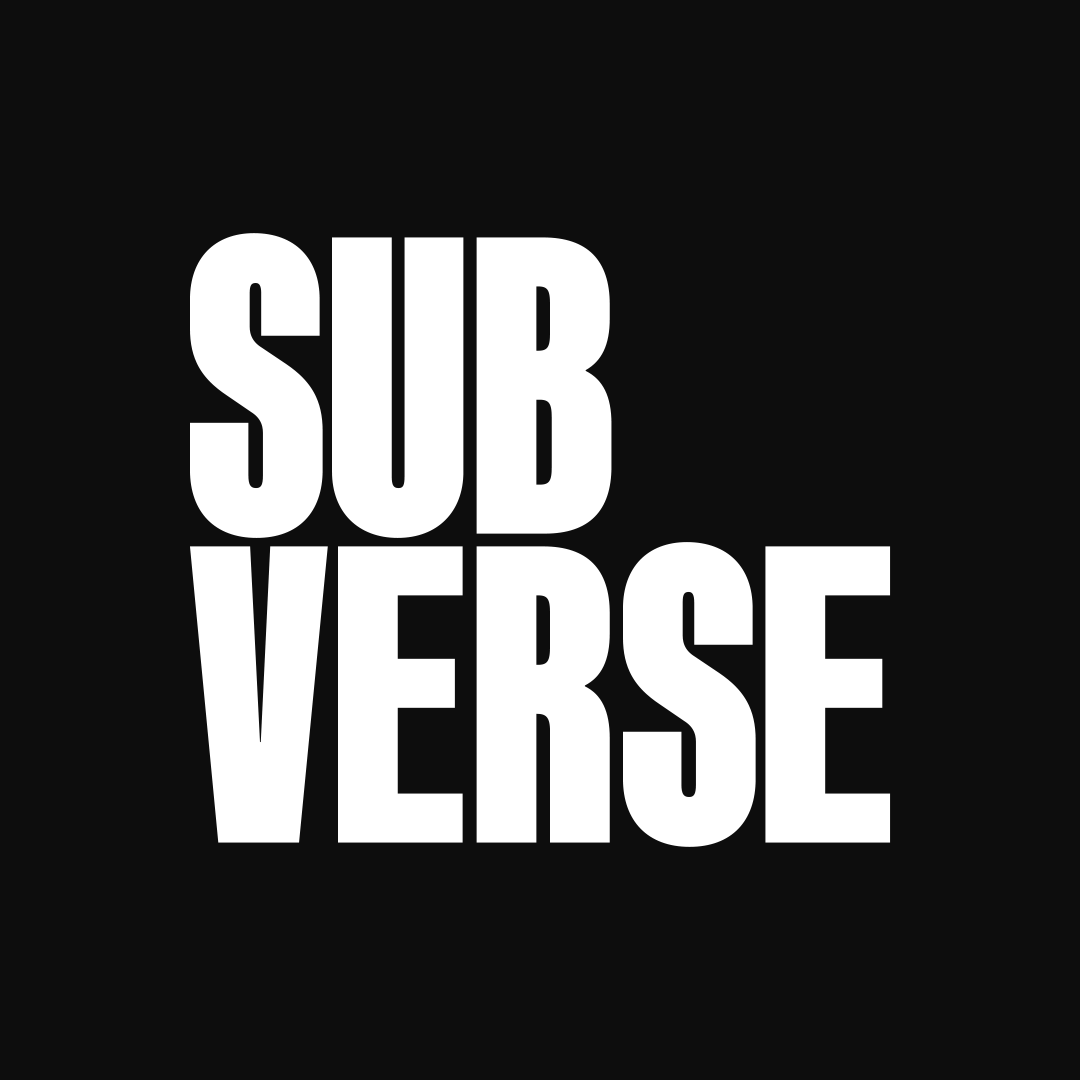A Quote That Stuck
I recently came across a quote attributed to Maya Angelou that stirred something in me:
“The most important thing in storytelling is to tell the truth—not the facts, but the truth.”
It rang deep. Too deep, maybe. Because when a quote resonates that hard, I want to know where it came from. And in this case, despite a good deal of digging, I couldn’t find a definitive source for the line. No page number. No interview clip. No speech transcript.
The Spirit Behind the Words
That doesn’t mean the spirit of it isn’t hers. It aligns with Angelou’s well-known approach to memoir and storytelling. In I Know Why the Caged Bird Sings, and elsewhere, she discussed how she sometimes altered chronology, combined characters, or restructured events to better reflect the emotional and psychological truth of her lived experience. Not to deceive, but to distill. To reveal.
This wasn’t about manipulation. It was a different register of truth—one that privileges resonance over reportage. Angelou made it clear: she was telling the truth of her life, even if the facts were bent in service of that truth.
Truth in a Culture of Confusion
But this quote, whether it’s hers or not, doesn’t live in a vacuum. And that’s where things get complicated.
We’re living in a culture that is deeply fractured around the very concept of truth. On one side, you have those clinging to facts as the last defensible terrain—believing that data and evidence can still settle arguments. On the other, you have people rightly insisting that lived experience and emotional truth can’t always be captured by a spreadsheet. And in between, a landscape where feelings are used to bulldoze facts, and facts are used to flatten nuance.
This is not the world Angelou was writing into. When she blurred the line between fact and truth, it was to bring us closer to understanding—to build empathy and awareness. Today, that same blurring is often used to obscure, distract, or manipulate. Emotional resonance has become a tool for virality. And storytelling has become a weapon.
The Brand Story Isn’t Neutral
Which brings us to branding.
Because while a brand is not a memoir, it is, increasingly, a narrative. One that aspires to feel true, even if it isn’t entirely factual. Heritage gets exaggerated. Purpose gets polished. Founders become archetypes. Brands mythologize themselves to signal belonging, aspiration, identity.
And in many ways, that’s not inherently wrong. Story is how we make sense of the world. But here’s the tension: if a brand wants to operate with cultural relevance, it doesn’t get to pretend it’s just telling a little yarn. Not when it’s influencing public values. Not when it’s co-opting social movements. Not when it’s participating in discourse.
Emotional Truth vs. Ethical Responsibility
The ethical risk lies in treating emotional truth as a license to distort. A good story doesn’t excuse a false claim. A mythic founder narrative doesn’t justify historical erasure. And just because a story “feels right” doesn’t mean it is right.
Which leads to the real crux:
Building in Context
If you’re building something in public, you are building in context. And if you’re building in context, you are accountable to that context.
That doesn’t mean brand storytelling has to be coldly factual. But it does mean you have to be honest about what you’re doing, why you’re doing it, and what stories you’re reinforcing in the world. Angelou’s approach wasn’t about escaping accountability—it was about stepping deeper into it.
So use emotional truth. Use resonance. But do it with your eyes open. Because in this climate, every story is part of a larger story. And we don’t get to pretend otherwise.

